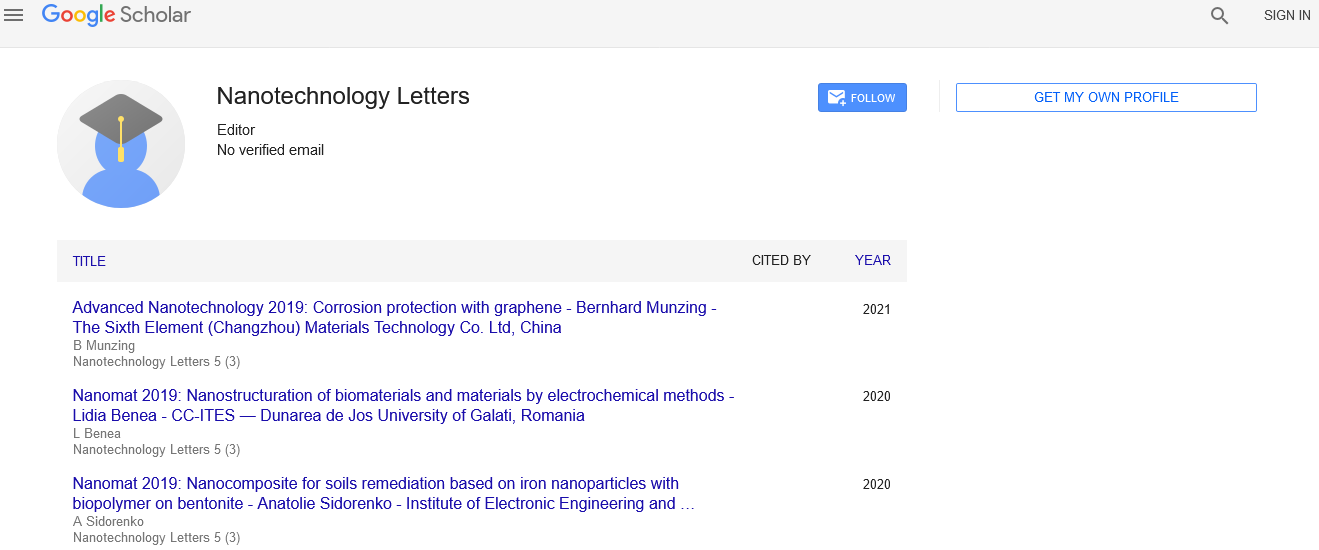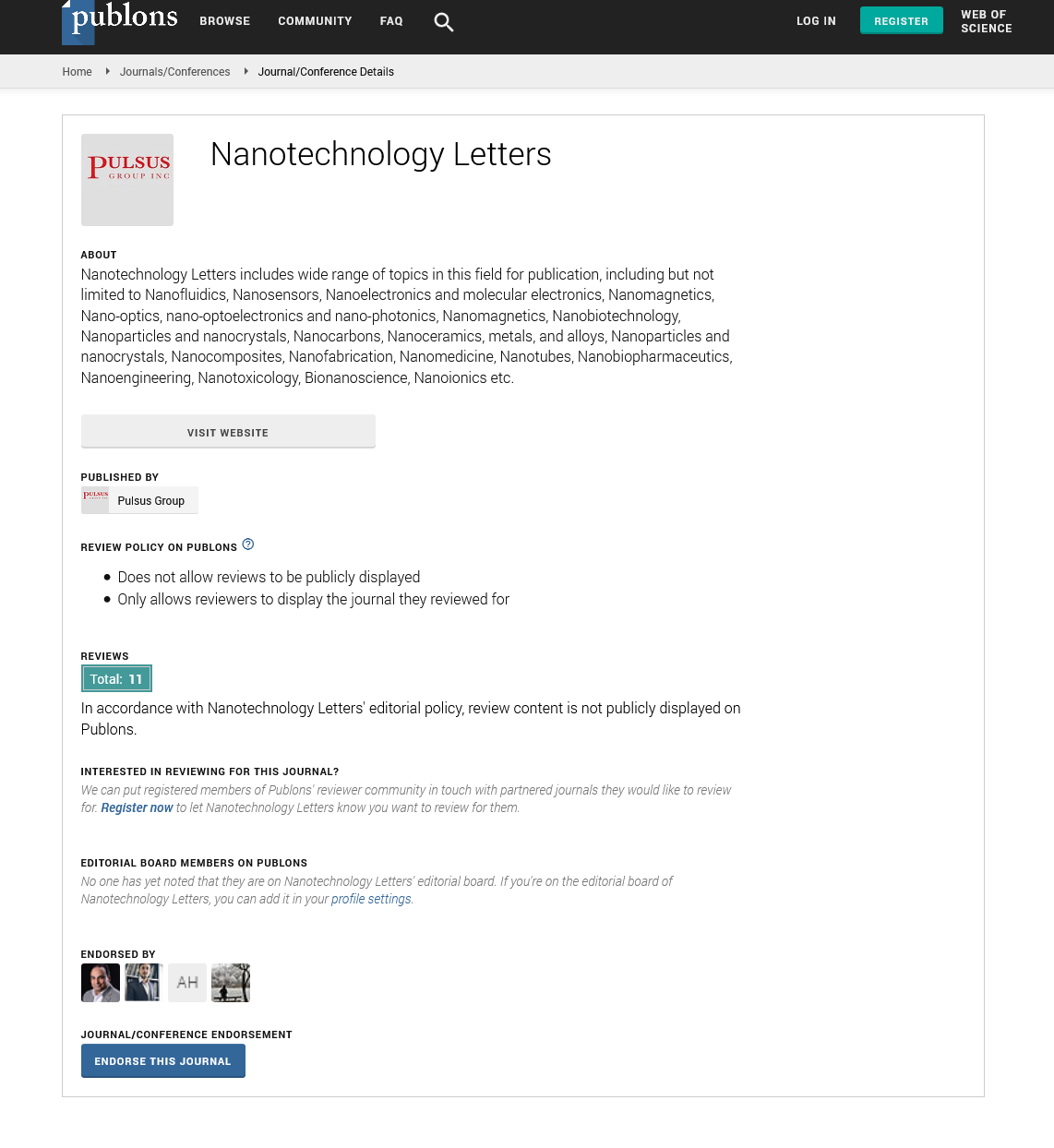Crystallographic orientation, nanoindentation, and tensile properties relationships in Q&P and HSQ&P processes
2 Department of Metallurgical and Materials Engineering, University of Sao Paulo, Av. Prof. Mello Moraes, 2463, CEP 05508-030, Sao Paulo, SP, Brazil
3 Mechanical Technology Program, Technological University of Pereira, Vereda La Julita, Pereira, Risaralda, Colombia
Received: 04-Jan-2022, Manuscript No. pulnl-22-2950; Editor assigned: 07-Jan-2022, Pre QC No. pulnl-22-2950 (PQ); Reviewed: 22-Jan-2022 QC No. pulnl-22-2950 (Q); Revised: 25-Jan-2022, Manuscript No. pulnl-22-2950 (R); Published: 28-Jan-2022, DOI: 10.37532. pulnl-22-2950.
Citation: Federal University of ABC, Center of Engineering, Modelling and Applied Social Sciences, Bangu
This open-access article is distributed under the terms of the Creative Commons Attribution Non-Commercial License (CC BY-NC) (http://creativecommons.org/licenses/by-nc/4.0/), which permits reuse, distribution and reproduction of the article, provided that the original work is properly cited and the reuse is restricted to noncommercial purposes. For commercial reuse, contact reprints@pulsus.com
Abstract
A novel quenching and partitioning process (Q&P) including the hot straining process (HS) has been recently introduced as an alternative to optimize mechanical properties in TRIP-assisted steel, which is of great interest to the automotive industry. This combination of processes is here called Hot Straining and Quenching and Partitioning process (HSQ&P). In this work, two Q&P conditions and four thermomechanical treatments (HSQ&P) were studied, using two straining temperatures (750 °C – HSQ&P750, and 800 °C – HSQ&P800) and two quenching temperatures (318 °C and 328 °C). The partitioning step was performed at 400 °C for 100 s in all cycles. Microstructural features were comprehensively studied using electron backscattered diffraction and nanoindentation techniques. HSQ&P samples showed a good combination of ductility and high-strength due to the presence of: retained austenite, intercritical ferrite with low stored internal strain energy, grain refinement via DIFT-effect (deformation induced ferrite transformation), martensite, and bainite. Significant internal stress relief was caused by carbon partitioning, which was induced by the DIFT-effect and the partitioning stage. This also led to a considerable stored energy, which was characterized by the Kernel average dislocation and geometrically necessary dislocation analysis. In addition, predominant {110}//normal direction (ND) crystallographic texture was identified, which promotes slip deformation and enhances the mechanical properties. Moreover, remarkable amounts of fine film-like retained austenite oriented along compact crystallographic directions (i.e., and ) were observed. Finally, subsize tensile test verified the optimum mechanical behavior of HSQ&P specimens.
Biography
Prof. Dr. Mohammad Masoumi has completed his PhD at the age of 32 years from Federal University of Ceará and postdoctoral studies from department of metallurgical and materials engineering - Polytechnic School of the University of São Paulo. He is a professor at Federal University of ABC since 2018. He has published more than 20 papers in reputed journals and has been serving as an editorial board member of repute.
REFERENCES
- Alves LH, Tepedino TC, Masoumi M, et al. Metallurgical and tribological aspects for squat formation in the aluminothermic weld HAZ edges of rails welded using aluminothermy. Ind Lubr Tribol. 2020; 24.
Google Scholar Crossref - dos Santos LP, Béreš M, de Castro MO, et al. Kinetics of Reverted Austenite in 18 wt.% Ni Grade 300 Maraging Steel: An In-Situ Synchrotron X-Ray Diffraction and Texture Study. JOM. 2020 ;72(10):3502-12.
Google Scholar Crossref - Chaves AP, Centeno DM, Masoumi M, et al. Effect of the Microstructure on the Wear Resistance of a Pearlitic Steel. Mater Res. 2020 1;23.
Google Scholar Crossref






